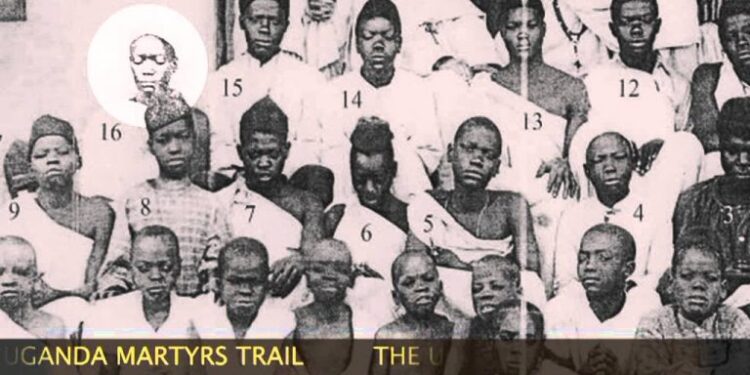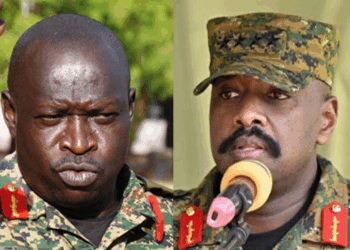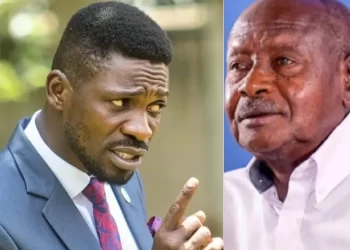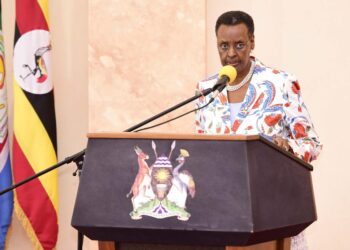The story of the Uganda Martyrs is not just one of faith — it is one of defiance, conviction, betrayal, and brutal sacrifice. These young men, mainly pages in the royal court of Buganda, died not because they sought war, but because they refused to bow to a kingdom’s dark mixture of lust, power, and spiritual oppression. Their gruesome deaths between 1885 and 1887 under the tyrannical rule of Kabaka Mwanga II marked a turning point in both Uganda’s religious history and the broader Christian mission in Africa.
The tale begins in the late 19th century, during a time when Buganda, one of Uganda’s most powerful kingdoms, was at a crossroads. Three major religious influences — Anglicanism, Catholicism, and Islam — were competing for supremacy, alongside traditional African beliefs. European missionaries, including the Anglican Church Missionary Society (CMS) and the Catholic White Fathers, had established a strong presence at court. The young Kabaka Mwanga II, who ascended the throne in 1884 at the age of sixteen, initially showed some tolerance toward the foreign religions. However, this quickly changed.
Mwanga, paranoid about the growing influence of Christianity, viewed it as a threat to his authority. The new faith not only encouraged loyalty to Christ over the king but also condemned the king’s practices, especially his sexual advances toward his male pages. The Christian pages began to resist him. This was unheard of. In a culture where the king was considered semi-divine, this rebellion was both religious and political.
The first blood was shed on October 29, 1885, when Joseph Mukasa Balikuddembe, an influential Catholic convert and royal advisor, openly condemned the execution of Anglican bishop James Hannington. Balikuddembe argued that the bishop was innocent and should have been treated with dignity. Mwanga, incensed, ordered his execution. Joseph Mukasa was beheaded at Nakivubo and became the first Ugandan Catholic martyr.
Following this, a wave of executions began. On May 25, 1886, Charles Lwanga, leader of the Catholic converts and a page himself, was burned alive at Namugongo. His crime? Protecting the younger boys from the sexual predations of the king and refusing to renounce Christianity. That day marked the beginning of the most infamous massacre.
Between May 25 and June 3, 1886, twenty-two Catholic converts and thirteen Anglicans, mostly teenagers, were tortured and burned alive at Namugongo. The youngest was Kizito, only 14 years old. Others included Andrew Kaggwa, the Kabaka’s former bandmaster; Matia Mulumba, a former Muslim turned Catholic; and Noah Mawaggali, who fought off his captors before being fatally speared.
These martyrs were not passive victims. Their final days were marked by extraordinary courage. Witnesses report they sang hymns on the death march, prayed aloud, and forgave their executioners. Their bravery astonished even non-Christians, planting seeds of conviction across the kingdom.
Mwanga’s fury could not outlive the spirit he tried to crush. Far from silencing Christianity, the massacre electrified it. The Church in Uganda exploded in growth. European Christian societies doubled down their missionary efforts. Within a generation, Christianity had become deeply rooted in Ugandan society. The deaths also drew global attention, with missionaries chronicling the events, which fuelled international religious fervour.
The Catholic Church beatified the Uganda Martyrs in 1920 and canonised them on October 18, 1964, by Pope Paul VI, making them the first African saints of modern times. Today, June 3rd is Uganda Martyrs Day, a national holiday, with millions making the pilgrimage to Namugongo each year, where a shrine now stands.
But we must not sanitise their story. These were not just pious boys — they were rebels with a cause. They stood against royal tyranny, sexual abuse, and moral corruption. Their blood cries out from Namugongo not just as a witness of faith but as a warning to every corrupt regime that power without righteousness ends in ruin.
Their martyrdom was not mere religious sacrifice — it was resistance. A burning protest, an uncompromising stand, a defiance forged in flames. The Uganda Martyrs are icons not just of faith, but of a dangerous, unwavering moral courage that still haunts the corridors of power in Uganda today.







Discussion about this post